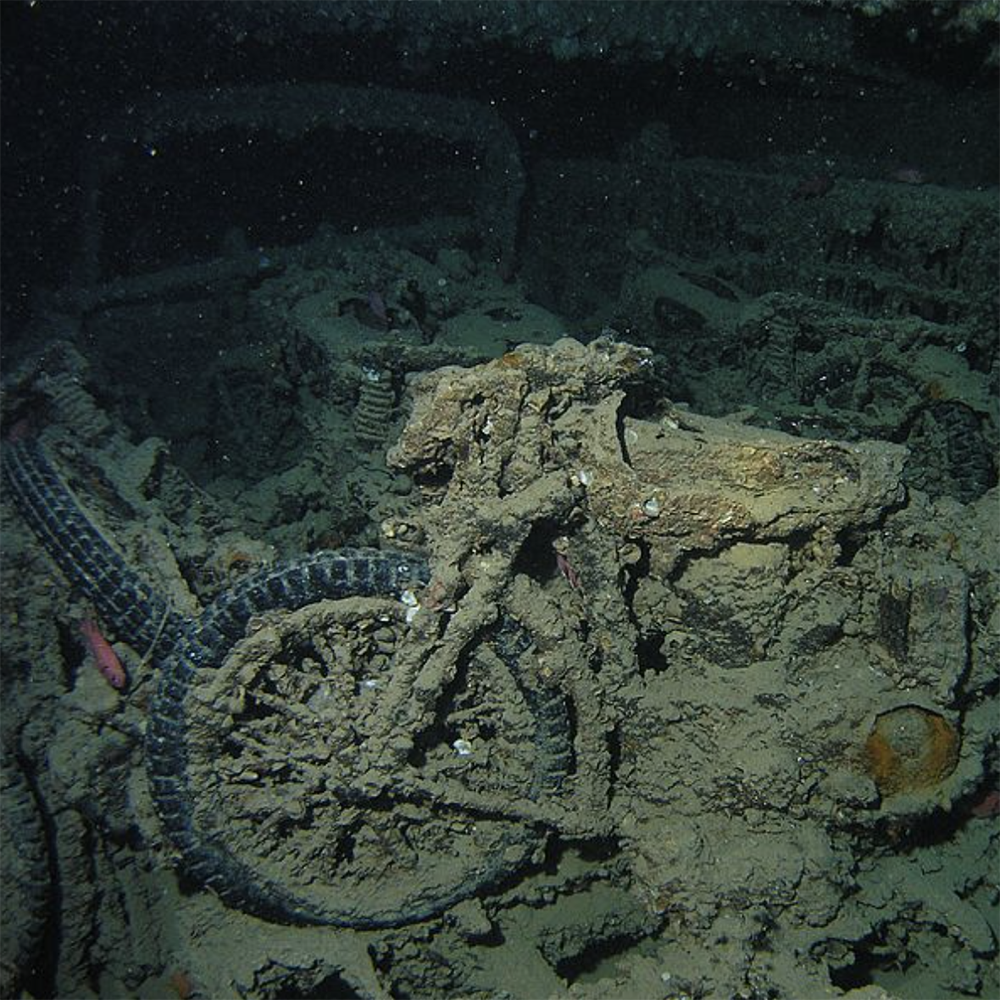The Thistlegorm wreck is one of the most famous and intriguing dive sites in the world. Located in the Red Sea off the coast of Egypt, this World War II shipwreck offers divers a glimpse into history and an opportunity to explore its fascinating stories. Here are some of the best stories about the Thistlegorm wreck:
The S.S. Thistlegorm: A cargo ship full of supplies
The Thistlegorm was a British cargo ship that was sunk by German bombers on October 6, 1941. It was on a mission to deliver supplies to British troops in North Africa during World War II. The ship was carrying a wide range of cargo, including vehicles, ammunition, rifles, aircraft parts, motorcycles, and even train carriages.
The unexpected attack: German bombers strike
As the Thistlegorm was anchored at its location in the Red Sea, it fell victim to a surprise attack by German bombers. The bombers dropped several bombs, hitting the ship and causing a massive explosion. The Thistlegorm quickly sank to the bottom of the sea, taking its valuable cargo with it.
Rediscovery: Jacques Cousteau’s exploration
The Thistlegorm remained hidden beneath the sea for many years until it was rediscovered by the legendary French explorer Jacques Cousteau in the early 1950s. Cousteau’s exploration of the wreck brought international attention to the Thistlegorm and sparked interest among divers around the world.
The Time Capsule: Preserved cargo and artifacts
One of the most remarkable aspects of the Thistlegorm wreck is the well-preserved cargo and artifacts that remain inside the ship. Divers who explore the wreck can still find motorcycles, trucks, aircraft parts, and even the remains of a steam locomotive. These artifacts offer a fascinating glimpse into the past and serve as a testament to the ship’s important role during the war.
Diving the Thistlegorm: A thrilling adventure
Today, diving the Thistlegorm is considered a bucket-list experience for many divers. The wreck lies at a depth of around 30 meters (100 feet) and is accessible to advanced recreational divers. Exploring the ship’s various sections, including the holds, decks, and engine room, allows divers to immerse themselves in history and witness the stories of the past firsthand.
Marine life and coral growth: Nature reclaims the wreck
Over the years, the Thistlegorm has become an artificial reef, attracting a diverse array of marine life. The ship’s rusted hull and structures are now adorned with colorful corals, sponges, and sea fans. Divers can encounter a variety of fish species, including barracudas, groupers, and snappers, as they navigate through the wreck’s chambers.
The stories surrounding the Thistlegorm wreck continue to captivate divers and history enthusiasts alike. Exploring its depths is not only a thrilling adventure but also a chance to pay homage to the ship’s role in World War II. The Thistlegorm stands as a living monument, preserving the stories of the past for future generations to discover and appreciate.


